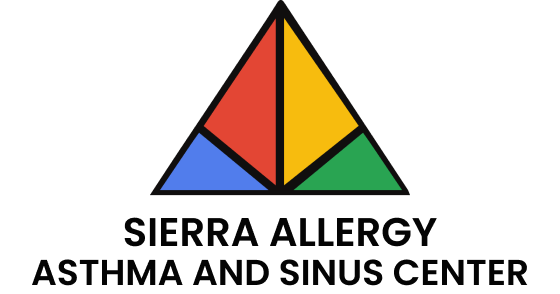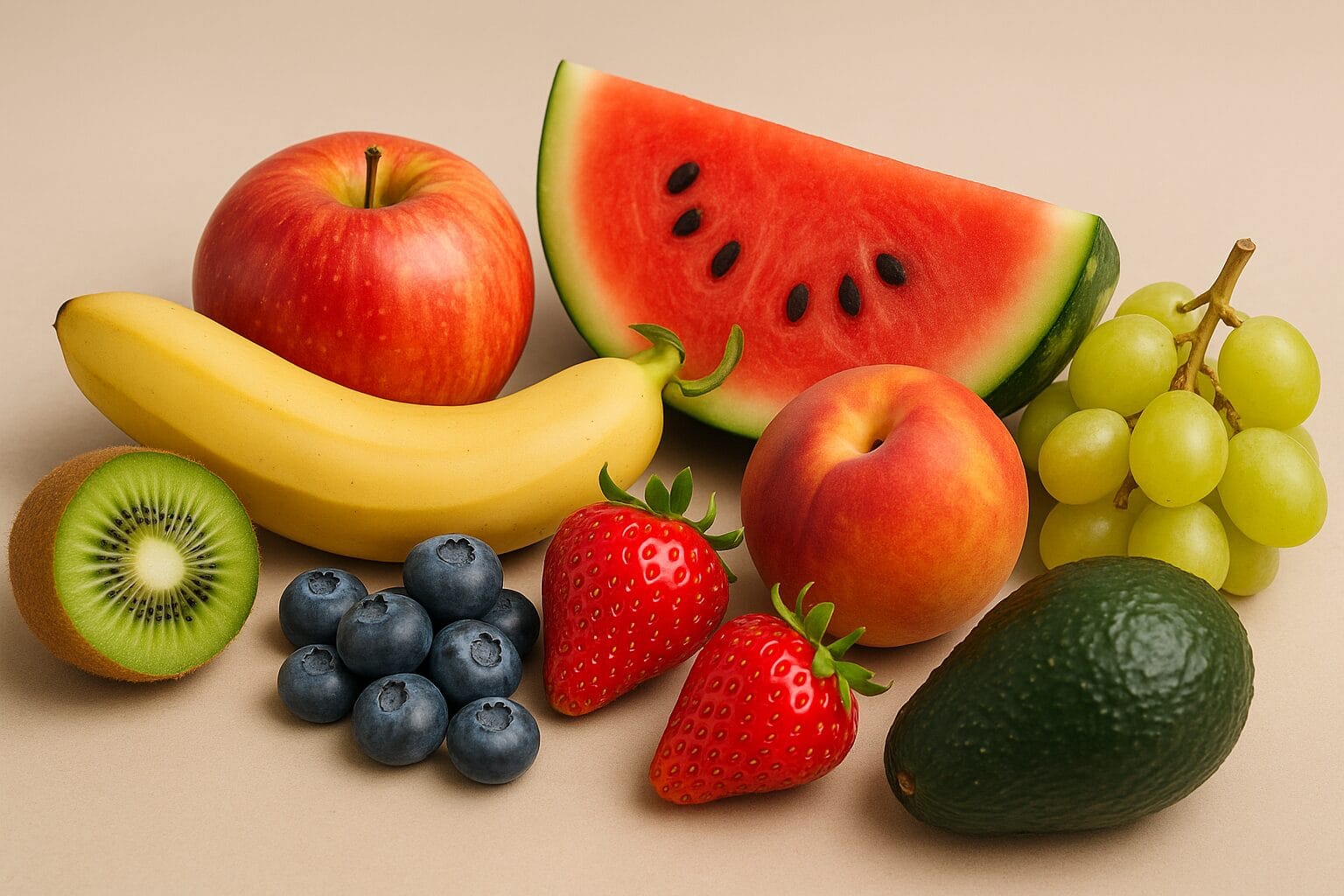Food allergies affect millions of people worldwide, and managing them can often feel like navigating a minefield, especially when certain foods trigger severe reactions. For parents, caregivers, or anyone dealing with food allergies, understanding how dietary changes can help is crucial. In this blog, we’ll explore how you can adjust your diet to effectively manage food allergies and ensure a safer, healthier lifestyle for yourself or your loved ones.
What is a food allergy?
A food allergy occurs when your immune system mistakenly identifies a particular food as harmful and launches an attack against it. This reaction can lead to a range of symptoms, from mild ones like hives and itching to more severe responses such as swelling, difficulty breathing, or even anaphylaxis. Common food allergens include peanuts, tree nuts, milk, eggs, soy, wheat, fish, and shellfish.
Effective food allergy management starts with understanding which foods trigger these allergic reactions and making necessary dietary adjustments to avoid them. Working with a healthcare professional like an allergist or immunologist can help you identify your specific allergens and develop a personalized plan.
Quick tips for managing food allergies through diet
Managing food allergies doesn’t have to be overwhelming. With the right approach, you can create a safe, balanced diet that avoids harmful allergens while still offering plenty of variety and nutrition. Below are some practical, easy-to-follow tips that will help you minimize risks, ensure better food choices, and improve overall well-being. By incorporating these strategies into your daily routine, you can confidently navigate food allergies and maintain a healthy lifestyle for yourself or your child.
1. Identify and eliminate trigger foods
The first step in managing food allergies is identifying the exact foods that trigger allergic reactions. You can work with an allergy and immunology specialist to conduct allergy tests, which can involve skin tests or blood tests. Once the allergens are identified, it’s essential to remove these foods from your diet entirely.
Eliminating trigger foods can seem daunting, but with careful planning, it’s entirely manageable. Start by reading food labels carefully to ensure the product doesn’t contain any allergens, and always be cautious when eating out to avoid cross-contamination. If necessary, don’t hesitate to ask restaurant staff about how the food is prepared to ensure it’s safe for consumption.
2. Incorporate allergy-friendly alternatives
Just because you’re eliminating certain foods from your diet doesn’t mean you have to sacrifice taste or variety. There are many allergy-friendly alternatives available today, making it easier to enjoy meals without fear of a reaction.
For example, if you or your child are allergic to dairy, there are a variety of plant-based milk options like almond milk, soy milk, oat milk, and coconut milk. For those with a wheat allergy, gluten-free grains such as quinoa, rice, and corn can replace wheat in many recipes. Nut-free spreads like sunflower seed butter or pumpkin seed butter can be substituted for peanut butter, and egg replacements are available for baking.
It’s important to consult an allergist or immunologist when transitioning to these alternatives to ensure they are safe and nutritionally balanced. You’ll want to ensure you’re still meeting all the nutritional needs, especially for growing children.
3. Prepare meals at home
Cooking at home is one of the best ways to control what goes into your meals and avoid allergens. By preparing food yourself, you can ensure that no cross-contamination occurs and that the ingredients used are safe.
When grocery shopping, stick to whole, unprocessed foods as much as possible, as these are less likely to contain hidden allergens. Fresh fruits, vegetables, lean meats, and grains are excellent staples to include in your allergy-friendly meals.
If you’re new to cooking or unsure how to replace certain ingredients, look for cookbooks or online recipes specifically designed for food allergies. There are countless resources that provide easy-to-follow recipes that accommodate various dietary restrictions.
4. Meal planning for convenience and safety
Planning your meals ahead of time can help make food allergy management much easier. By creating a weekly menu, you can avoid last-minute decisions that might lead to accidental exposure to allergens. It also allows you to prepare allergy-safe snacks and meals in advance, making it easier to stick to your dietary plan when you’re on the go.
Make a list of safe foods that you and your family can enjoy, and try to incorporate a variety of flavors and textures to keep things interesting. You can even batch cook and freeze meals for busy days when you don’t have time to prepare fresh food.
5. Educate your family and friends
Food allergy management extends beyond the kitchen. It’s important to educate your family, friends, and even your child’s school or daycare staff about your allergies and the importance of avoiding certain foods.
Explain the symptoms of an allergic reaction, how to read labels, and the importance of avoiding cross-contamination when preparing food. When others are aware of your or your child’s allergies, they can help ensure a safe environment, whether at home, school, or social gatherings.
6. Work with a specialist to create an emergency plan
While managing food allergies through diet is crucial, it’s equally important to be prepared for accidental exposure. Despite your best efforts, there’s always a possibility of an allergen slipping into a meal. For this reason, working with your allergy and immunology specialist to develop an emergency action plan is essential.
An emergency plan typically includes recognizing the signs of an allergic reaction, administering medication like antihistamines or epinephrine, and knowing when to seek medical help. Ensure that everyone who is frequently around you or your child knows what to do in case of an allergic reaction, and always carry an epinephrine auto-injector if prescribed.
The role of an allergist in food allergy management
Managing food allergies is not something you should do alone. Seeking help from a healthcare professional like an allergist or immunologist is essential for proper diagnosis and treatment. An allergist can help you understand your specific allergens and guide you in making safe dietary choices.
In some cases, they may recommend oral immunotherapy, a treatment that gradually introduces small amounts of the allergen into the body to build tolerance. However, this should only be done under medical supervision.
Regular visits to an allergist also ensure that your allergy management plan is up-to-date, as new allergies can develop over time or change as you age. Your doctor of allergy can offer continued support, monitor symptoms, and provide expert advice on how to live a full, healthy life despite food allergies.
Stay vigilant and proactive
Managing food allergies through dietary changes requires commitment and vigilance, but it is possible to enjoy a wide variety of meals while staying safe. By being proactive—reading labels, preparing meals at home, incorporating allergy-friendly alternatives, and staying in regular contact with an allergist—you can help reduce the risk of accidental exposure and keep allergic reactions under control.
Care for yourself and your loved ones
Food allergies can be a challenge, but with the right information, support, and planning, you can manage them effectively. Remember, you don’t have to navigate this journey alone. An allergist can provide the necessary tools and guidance to keep you or your loved one safe and healthy.
At the end of the day, the goal is simple: care for yourself and your loved ones by making thoughtful dietary changes that support well-being and help prevent allergic reactions. Together with your healthcare provider, you can develop a sustainable, allergy-friendly lifestyle that works for you.





